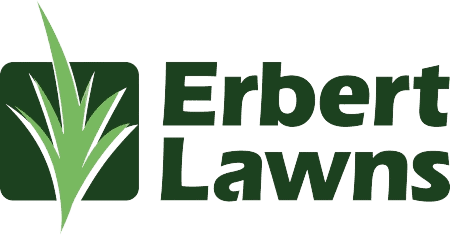Despite their adorable faces, voles can cause chaos on lawns and trees. Not to be confused with moles they are about 6 inches in length, and can range from a black – brown to a gray- brown. They have a short body and tail, covered in coarse fur. They are herbivores, have a short gestation period and short lives. They breed many offspring, which is one of the main problems. There are a lot of babies, they eat a lot to sustain their livelihoods.
They will eat trees, burrow where they can find shelter, and create runways through the grass that are about an inch wide and create a maze- like appearance on the lawn between shelters.
The best way to handle voles to practice prevention. Try to clear away any brush, pine needles, or short bushes in which they can hide and make their home. Build fences around gardens and trees. Because they like to burrow and build a nest put the fence at least a foot in to the ground. Mulch areas around trees are a perfect hiding place for voles and once they are there they will gnaw a circle around the diameter of the tree, killing it. This is called girdling. If you have a vole problem remove mulch or rock beds around the tree or build a fence around the tree.
If you have to remove voles from your yard you can call an exterminator, purchase traps, buy your own to put together, or use poison. There is some controversy using poison. If another animal such an owl eats a poisoned vole, the owl will also become poisoned as well. Owls are great vole control. You can purchase owl nests to encourage them to use the nest and help with the vole population. Another natural and humane way to get rid of voles is to use castor oil. The castor oil will not harm the vole in any way, but if you spray it the unpleasant odor and taste will keep the voles away.










